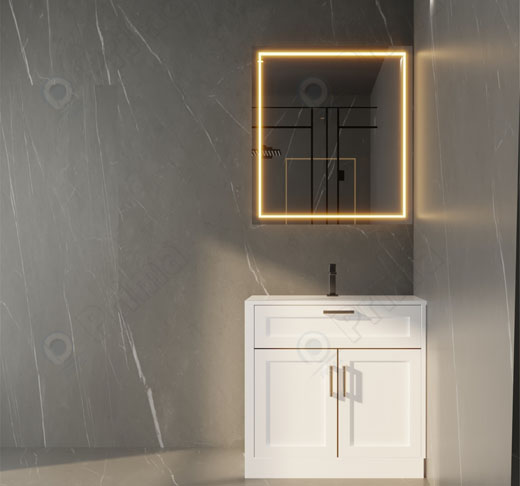Time:2024-10-09 Views:1

Cabinet bumpers play a crucial role in protecting cabinets and the objects around them.
1. Function and Importance
The primary function of cabinet bumpers is to prevent damage caused by accidental collisions. Cabinets are often located in busy areas such as kitchens and bathrooms, where people are constantly moving around. Without bumpers, the doors and drawers of cabinets can easily slam into adjacent objects or walls when opened or closed forcefully. This can lead to scratches, dents, or chips on the cabinet surface, which not only affects the aesthetic appearance but may also reduce the lifespan of the cabinet. For example, in a kitchen, a cabinet door might accidentally hit a nearby refrigerator or a ceramic tile wall, causing unsightly marks on both the cabinet and the other surface.
2. Types of Cabinet Bumpers
There are different types of cabinet bumpers available. One common type is the self - adhesive bumper. These are small, usually circular or rectangular pads made of soft materials such as rubber or silicone. They can be easily attached to the edges of cabinet doors or drawers. Another type is the screw - on bumper. These are more durable and are suitable for heavier - duty applications. They are attached to the cabinet by screws and can withstand more force. Some cabinet bumpers are designed to be adjustable in height or thickness, allowing for customization based on the specific needs of the cabinet.
3. Selection Considerations
When selecting cabinet bumpers, several factors need to be considered. The material of the bumper is important. Rubber bumpers are known for their good shock - absorption properties, while silicone bumpers are more resistant to heat and chemicals, making them suitable for use in areas like the kitchen where they may be exposed to spills or high - temperature objects. The size and shape of the bumper should also be appropriate for the cabinet. For example, a larger bumper may be needed for a large - sized cabinet door to provide sufficient protection. Additionally, the color of the bumper can be chosen to match or blend in with the cabinet color for a more aesthetically pleasing look.
4. Installation and Maintenance
Installing cabinet bumpers is relatively simple. For self - adhesive bumpers, the surface of the cabinet where the bumper will be attached needs to be clean and dry. Then, the bumper can be peeled off its backing and firmly pressed onto the desired location. For screw - on bumpers, holes need to be drilled carefully according to the size of the screws. In terms of maintenance, bumpers should be checked periodically for signs of wear or damage. If a bumper becomes loose or damaged, it should be replaced promptly to ensure continuous protection.
Read recommendations:
Customized Lacquer Kitchen Cabinets With Handle Hot Selling Design Kitchen Furniture Set
Wholesale Free Standing Vanities Stainless Steel Support Simple Elegant Bathroom Vanity